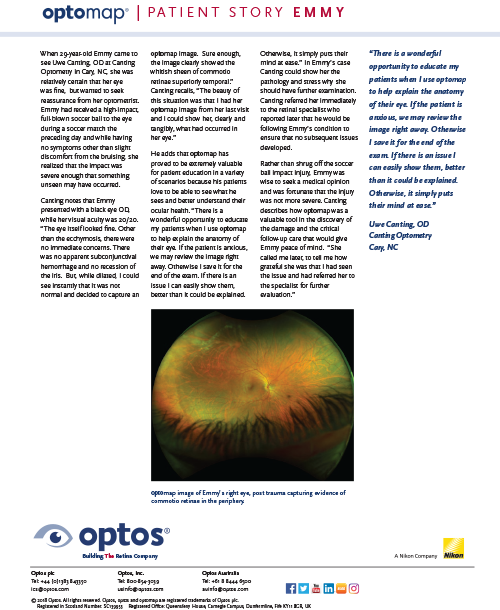Sports are a great way to stay active and healthy, but they are also one of the leading causes of eye injuries. September is Sports Eye Safety Month and it is the perfect opportunity to think about the benefits of wearing protective eyewear when taking part in sports and other recreational activities.
Every year, emergency rooms in the US treat nearly 30,000 sport-related eye injuries, of which 90% are preventable by wearing protective eyewear. These preventable injuries range in seriousness, and can even leave you hospitalized and experiencing long-term issues with your eyesight. Athletes who wear the appropriate eye equipment are more protected from these long-term injuries and can continue taking part in their respective activities with a much lower risk of harm.
I’m not playing a sport where anything comes close to my face, do I still need to wear protective eyewear?
While it is true that sports such as basketball and darts have a high risk of eye injury, according to the data released yearly by Prevent Blindness, the sport with the most eye-related injuries in 2020 was pool and water sports, with nearly 2,700 injuries reported. Despite not generally having items flying at your face in a water sport, it remains the highest risk. Other ‘surprising’ high-risk categories include weightlifting and cycling.
What kind of eye injuries are associated with sports?
While there are a wide variety of injuries you can sustain to your eyes, the most common in sports and athletic activities include corneal abrasion, conjunctivitis, or a foreign object in the eye. Eye protection is key to help prevent all of these injuries and help lower the chances of visual complications when playing sports.
Read Emmy's and Liam's stories about how optomap assisted when they had sports-related eye injuries:

What should I be doing to protect myself?
Wearing appropriate eye protection when taking part in athletic and recreational activities will significantly lower your risk of eye-related injuries. As mentioned earlier, 90% of eye-related ER visits are preventable.
Another great way to protect yourself and your family from temporary or permanent vision impairment is to visit your doctor at any sign of eye issues. Early assessment of the eye is imperative in saving sight, as the side effects of these injuries can be very serious. The half-second capture speed and non-mydriatic advantages of optomap technology allow for more timely, less invasive access to the retina. As long as the pupil can be seen, optomap ultra-widefield imaging has the ability to produce a 200° (82%), detailed clinical record of the retina. Not only would this be less painful and less stressful for the patient, but it would provide excellent data for prompt specialist referral if required.
Not all sports-related eye injuries are immediately apparent to the patient; but if left undetected, they can lead to blindness. In these situations, optomap imaging is critical in detecting subtle damage, such as retinal holes or tears in the periphery. optomap technology supports improved patient outcomes and is invaluable in supporting the early detection, intervention, and management of sports-related eye injuries.
Protect your vision – find out more about the benefits of optomap ultra-widefield retinal imaging.
https://pediatrics.aappublications.org/content/141/2/e20173083
https://preventblindness.org/wp-content/uploads/2021/08/FS09_SportsInjuriesbyAge_2021a.pdf
https://www.aao.org/eye-health/tips-prevention/injuries-sports
https://www.aao.org/eye-health/tips-prevention/injuries-protective-eyewear
